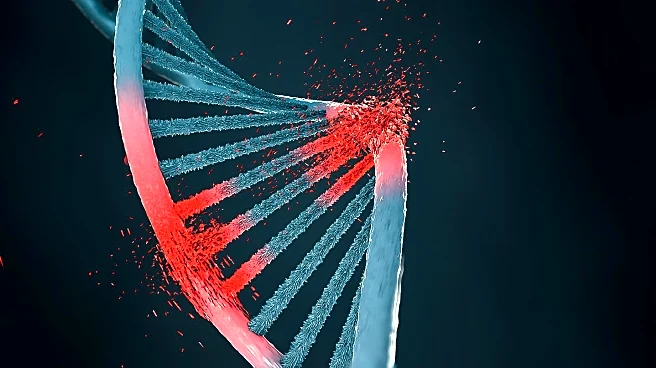What's Happening?
A new sequencing technique, NAP-seq, has been developed to identify full-length noncapped RNAs (napRNAs) with various terminal modifications at single-nucleotide resolution. This method addresses the challenges posed by the heterogeneous lengths, diverse terminal modifications, and complex secondary structures of napRNAs. The technique involves T4 polynucleotide kinase pretreatment to standardize RNA termini, size-selection, and depletion of high-abundance RNAs to enrich long and low-abundance RNAs. Custom-designed adapters with random barcodes are used to identify full-length napRNAs while minimizing PCR biases. The sequencing is conducted using both Oxford Nanopore and Illumina platforms, combining the advantages of third-generation and next-generation sequencing technologies. This approach allows researchers to discover novel classes of noncoding RNAs with regulatory functions and investigate RNA biogenesis across various tissues and cell lines.
Why It's Important?
The development of NAP-seq is significant for cancer research as it enhances the ability to study noncoding RNAs, which play crucial roles in regulating biological processes and RNA biogenesis pathways. By providing a comprehensive method to capture and analyze napRNAs, this technique could lead to the discovery of new RNA classes with potential regulatory functions. This advancement is particularly important for understanding the genetic changes and molecular pathways involved in cancer development and progression. The ability to sequence full-length napRNAs with high accuracy could improve the identification of oncogenic microRNAs and other noncoding RNAs, potentially leading to the development of targeted therapies and improved cancer diagnostics.










